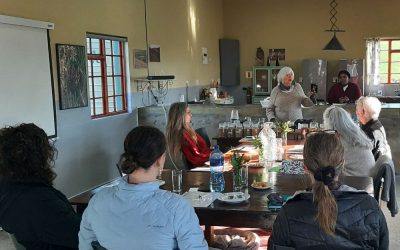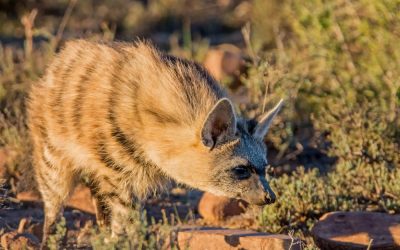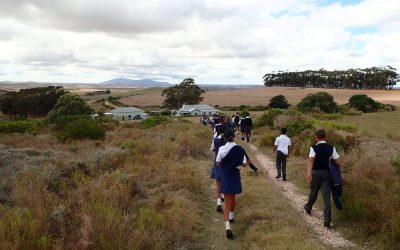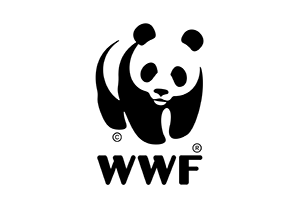The first Wild & Wise Retreat at Haarwegskloof Renosterveld Reserve unfolded under a soft winter sun during a June weekend.
OVERBERG RENOSTERVELD TRUST
Critical renosterveld site acquired by the ORT – a breeding hotspot for Endangered Black Harriers
In the heart of South Africa’s Overberg, a stretch of Endangered Eastern Rûens Shale Renosterveld is now under conservation protection.
The Overberg Renosterveld Trust (ORT), in partnership with the UK-based World Land Trust (WLT) and the Mapula Trust has purchased a portion of a property called Goereesoe situated between Bredasdorp and Swellendam. This 270-hectare site holds some of the last fragments of this unique vegetation type. Not only that, it also serves as a stronghold for the iconic Black Harrier, an Endangered species with fewer than 500 breeding pairs remaining.
Only around 5% of the Overberg’s renosterveld remains, much of it lost in past decades to agriculture. Each patch that survives is vital, not only for rare and endemic plants but for the wildlife that depends on it.
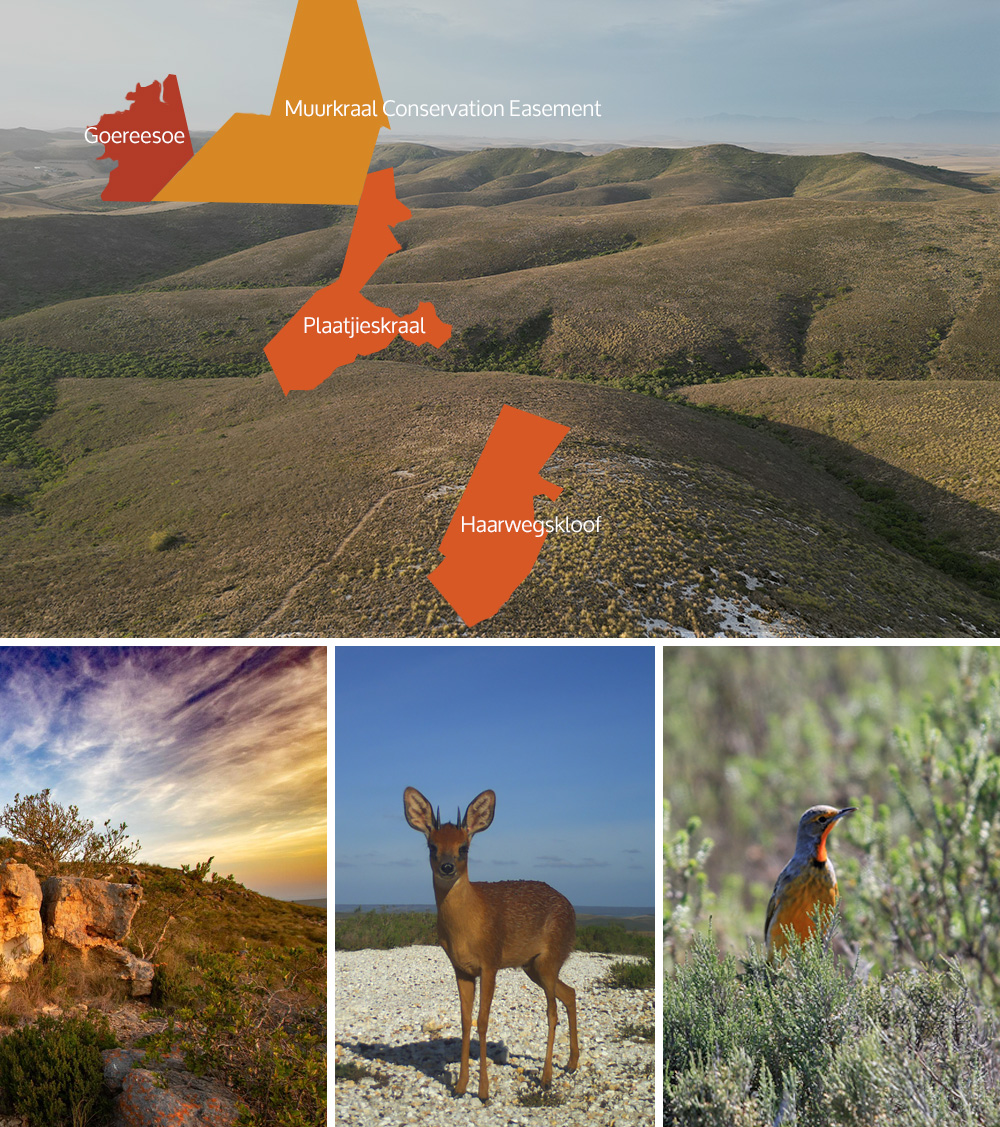
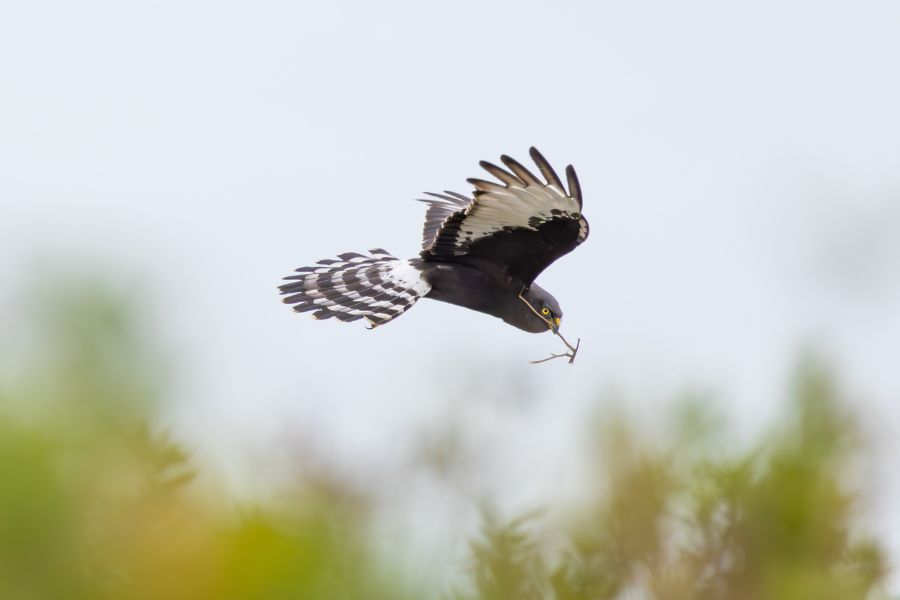
Verging on extinction
“This is a significant win for renosterveld and the Black Harrier,” says Dr Odette Curtis-Scott, CEO of the Overberg Renosterveld Trust. “Goereesoe is one of the most important breeding sites for Black Harriers, with the highest known density of nests in a given year. By securing this land, we are protecting critical habitat and species whose futures are teetering on a knife edge.”
The property supports up to 20 pairs of breeding Black Harriers. Together with the neighbouring Haarwegskloof Renosterveld Reserve (a recently-declared Nature Reserve) and Plaatjieskraal, which are both also managed by the ORT, around 30 pairs of breeding Black Harriers rely on this cluster of renosterveld – equating to at least 6% of the global population of breeding pairs of this endemic raptor.
According to Dr Catherine Barnard, CEO World Land Trust, “This acquisition will play an important role in renosterveld conservation. Protecting this site means safeguarding one of the most threatened ecosystems on Earth, and the species that depend on it. It’s a culmination of a lot of hard work from Odette and the ORT team.”
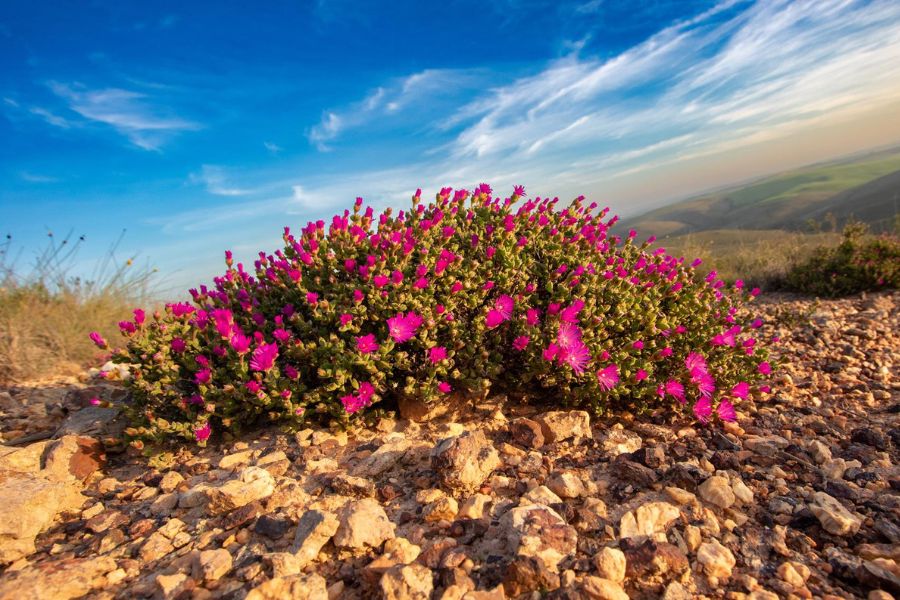
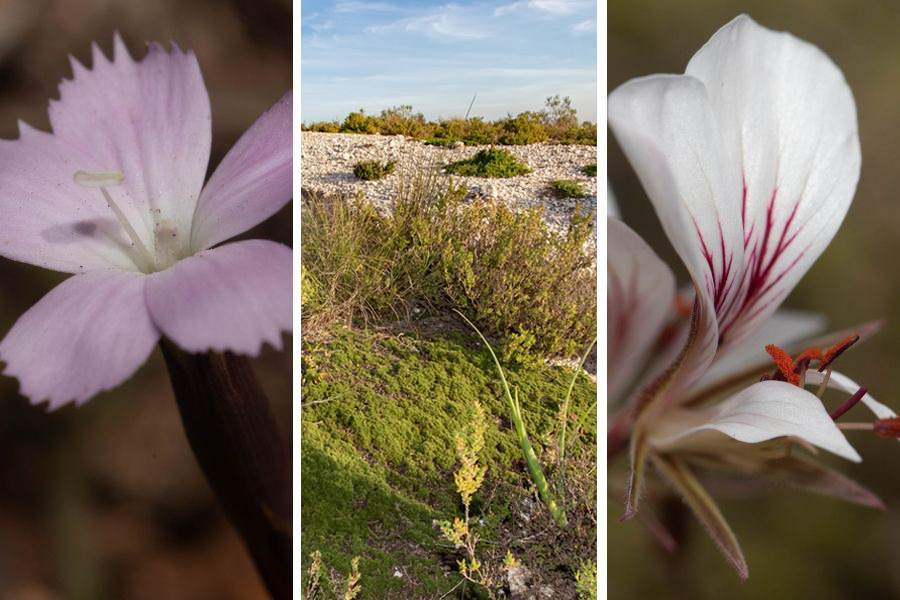
A jewel in the crown
Odette says, “By buying Goereesoe, we are growing the Haarwegskloof Cluster, the largest connected stretch of renosterveld left on Earth. We started with 500 hectares in 2013, and now we are up to over 1,300 hectares, after adding Plaatjieskraal and Goereesoe, which will both receive Nature Reserve status in due course. With the number of Black Harriers breeding on Goereesoe, this achievement has become a jewel in the crown for the ORT.”
In addition to purchasing land in this biodiversity hotspot, the ORT is also working with farming neighbours, such as the adjacent Muurkraal Conservation Easement site, to grow this conservation corridor. She says, “It means that wildlife, especially our precious pollinators and invertebrates, can move freely and safely across this natural remnant patches in this highly transformed landscape. Our ultimate goal being to protect as much of the remaining biodiversity as possible, building ecological resilience to future land-use and climate change.”
One of many tools
Goereesoe’s purchase was supported by WLT’s Buy An Acre programme, which enables people around the world to contribute directly to land purchases that protect threatened habitats.
While buying Goereesoe is very important for conservation, land purchase is just one of the tools the ORT uses to secure renosterveld. The ORT also relies on the Conservation Easement Programme, where landowners voluntarily join through conservation servitudes registered over their property. Odette says, “Together, these tools are vital for conservation in highly fragmented and threatened ecosystems such as renosterveld. Our work centres on instilling a sense of pride among landowners who have renosterveld on their farms, as they literally hold its future in their hands.”
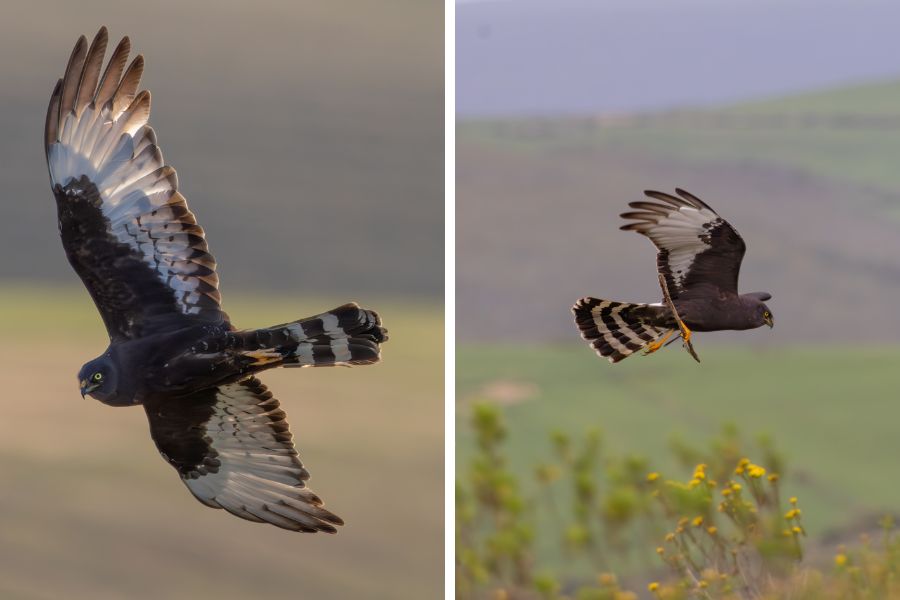
A partnership approach
Goereesoe is not only vital for conservation but also forms part of a larger study that focuses on GPS-tracking Black Harrier movements, not only on their migrations (which take place across South Africa, Lesotho and occasionally Namibia), but in and around windfarms which are having a significant negative impact on the species.
Dr Barnard says, “It’s a great example of what can be achieved when local expertise and international support come together with a shared vision for nature.”
According to Odette, “We are incredibly grateful to our partners, including WLT, and the supportive landowners for helping to make this happen. This is a positive step for renosterveld and the species that call this ecosystem home. And it only comes to fruition when fantastic partners work together.”
A rare look into the nocturnal life of the aardwolf
Aardwolves have long been resident in the Overberg region, including at the Haarwegskloof Renosterveld Reserve. Recently, we were fortunate to gain some insight into their secretive behaviour.
Nature comes alive for farm kids on Haarwegskloof
Our Environmental Education programme, called the Veld School, offers hands-on learning experiences that connect children to the land. It’s held on our Haarwegskloof Renosterveld Reserve.
What we do
Support
Sign up to our newsletter
ORT © 2012 – 2025 | Trust no IT851/2012 • PBO no 930039578 • NPO no 124-296

